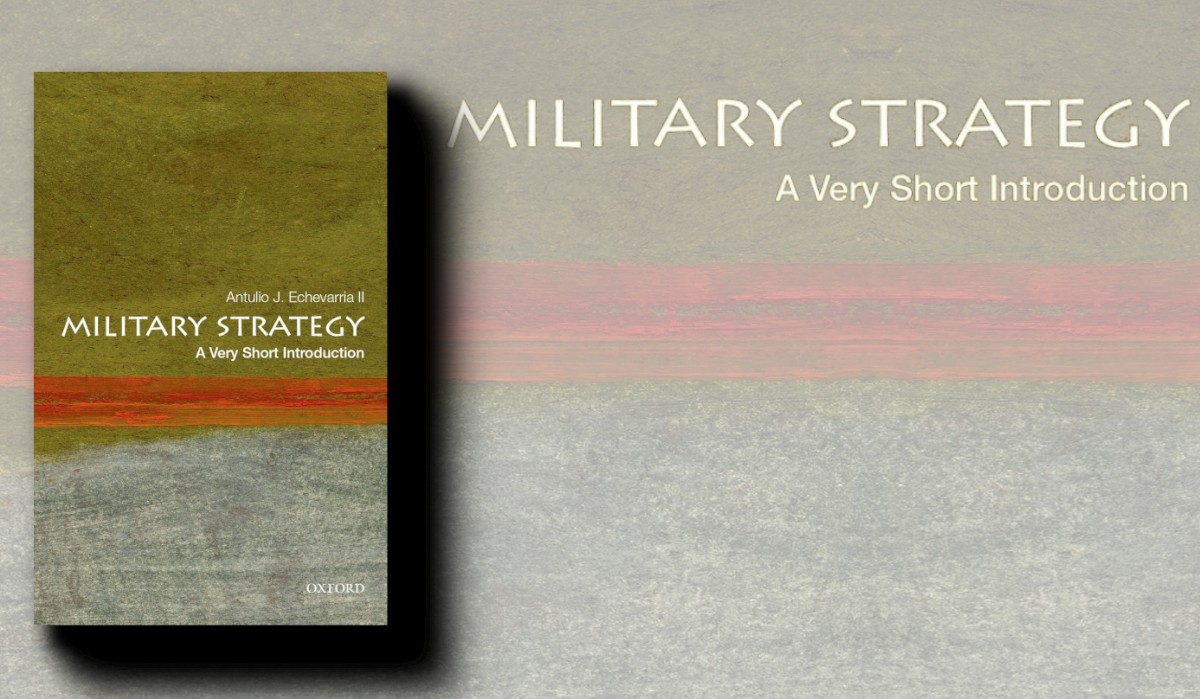It’s great to see the humble subject of doctrine receive attention – and some innovative thoughts.
In his recent post, David Caligari (/rethinking-doctrine-an-opportunity-to-bring-doctrine-delivery-into-the) presents a convincing argument for adopting a wiki-style approach to doctrine presentation. He points to the real strengths of this approach – fast updates, flexibility, greater consistency across publications and clear provenance for each ‘article’. We’d assume any official use of that kind of platform could overcome the inherent weaknesses of the original Wikipedia.
Introducing these qualities to our doctrine could overcome some key problems in our current system. David points to the need to deliver better and more relevant doctrine to our increasingly-specialised practitioners. That’s true, and we see a parallel trend in the increasing complexity of our peoples’ jobs. For instance, the Integrated Air and Missile Defence operator, Shore-to-ship missile detachment commander and emerging ‘information warrior’ will need to draw knowledge from across the range of single-service and joint publications. They will surely benefit from a flexible, easily-searchable, cross-boundary and coherently presented information service that integrates text, images, video, problem-solving challenges and selected tab data. A wiki approach would surely help produce that, and meet other needs too.
American doctrine professionals have told me, for instance, that the most hits on their doctrine comes when the book is uploaded ‘in final draft’ (like developing doctrine) and in the first year after publication. After that, the views fall steadily until the fourth year when demand flatlines. Doctrine ‘that old’ tends to be perceived as outdated, whether that’s justified or not. Simpler updates, and a reduced prominence for ‘publication dates’ will certainly help there. So too will increasingly cheap ‘print on demand’. Again, a wiki approach is likely to help promote a contemporary feel to doctrine.
We know there’s much repetition between doctrinal pamphlets. In the joint doctrine space, we explain the levels of war (using essentially the same diagram) in at least five publications. That’s for a good reason – so each pamphlet can ‘stand alone’ to some degree. But once the concept or diagram changes, staff need to go through every publication that might be affected by the change. That can be hard for small, less prominent matters. A single repository for the one piece of information might make that task redundant and improve consistency across the publication hierarchy.
Providing a few templates for key subjects would also be useful. The Standard Infantry Battalion is a good start, but so too might be amphibious operations, intelligence collection procedures and a training enemy. Templates might not work so well for big, broad subjects like campaigning; or processes where we want little variation like weapon drills. Still, it’s a good example of where doctrine should be tailored to individual needs rather than presented as a single inflexible package.
David’s thoughtful piece should also lead us to ask some upstream questions about doctrine.
Firstly, we need procedures written down and the basic facts of military technology are worth describing. But do we still need ‘doctrine’, the body of knowledge that informs the judgment of military professionals? We have access to many educational opportunities – including courses in business, law, philosophy and history – that will shape and inform the intellect of our people. Do we really need more? Is doctrine worth the effort in a resource constrained time?
Secondly, we’ve not yet considered whether we could apply other communication styles to the doctrine space. For instance, RAND Corporation recently experimented with narrative doctrine. Their piece on information operations demonstrates a great concept that might capture the attention of some. Could we structure doctrinal knowledge into massive open (or closed) online courses? We already do this on a smaller scale: have a look at the courses on amphibious operations and women, peace and security on CAMPUS (Defence’s online learning platform – connection via Defence Protected Network only).
And lastly, if we are adopting rapid updates for doctrine, how can we test the robustness and veracity of doctrinal changes? One significant flaw I’ve seen over time is the potential for doctrine to be the opinion of the senior (or noisiest) person at the table. Such idiosyncratic doctrine could introduce risk into military education and operations, and increase doctrine churn as the original advocate passes from the scene. We also need to double down on our single service and joint journals – spaces where professionals can explore, debate and refine their ideas.
Single blogs aren’t the last word on anything. So perhaps these three key areas could be the starting point for a broader discussion about the role of doctrine in today’s Army – and indeed our Defence organisation. I hope David makes more contributions there.




